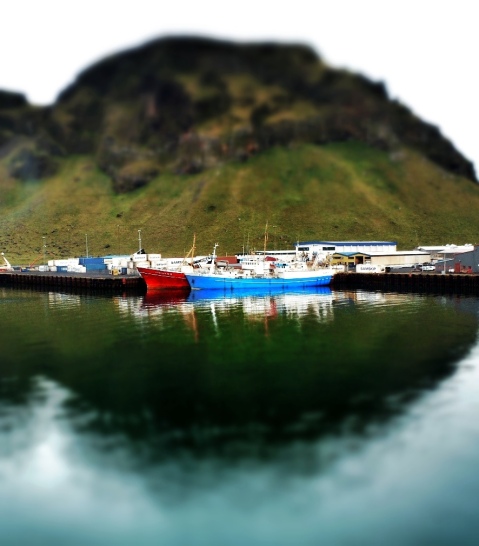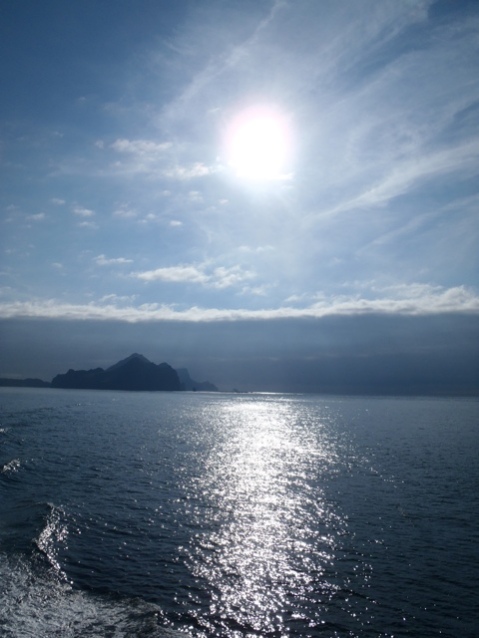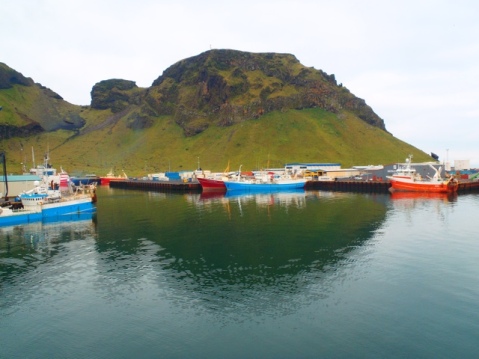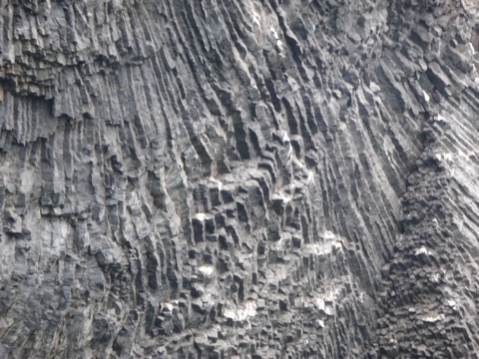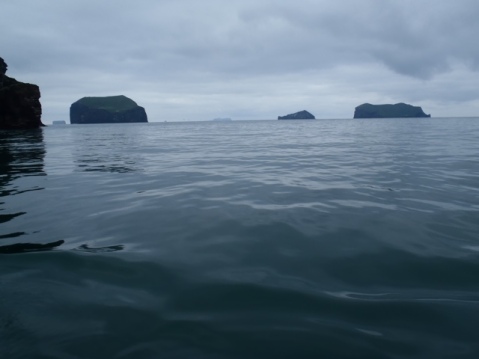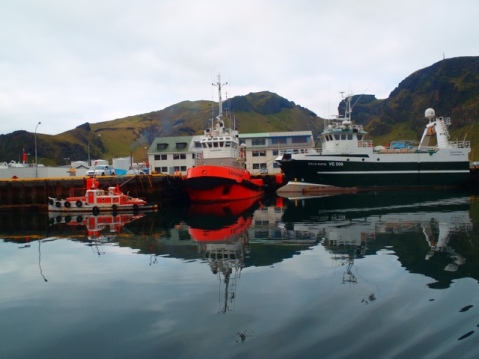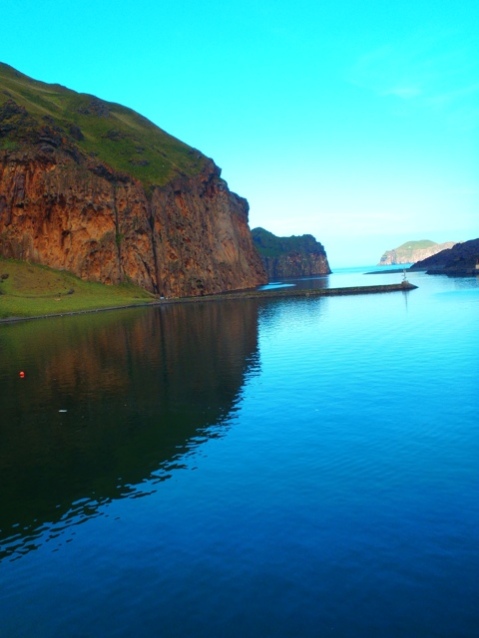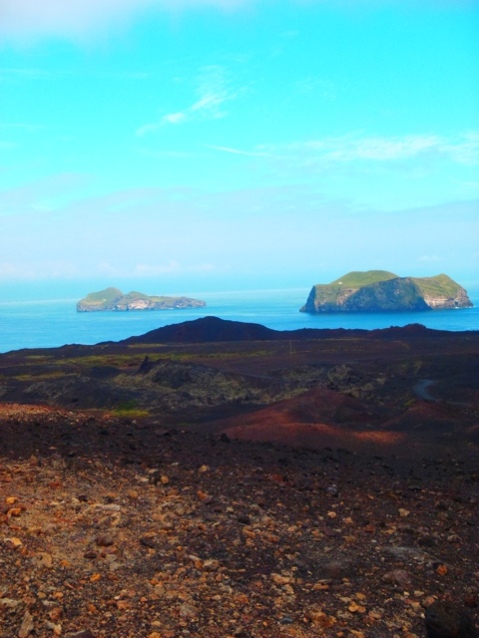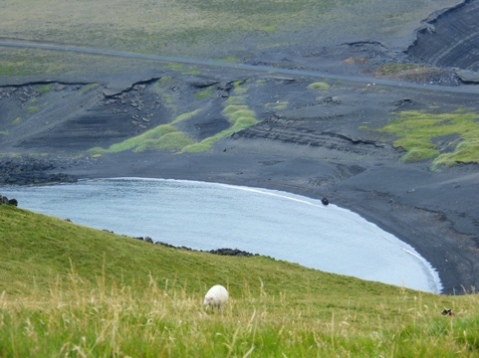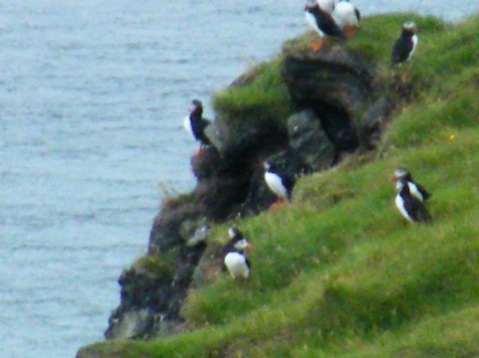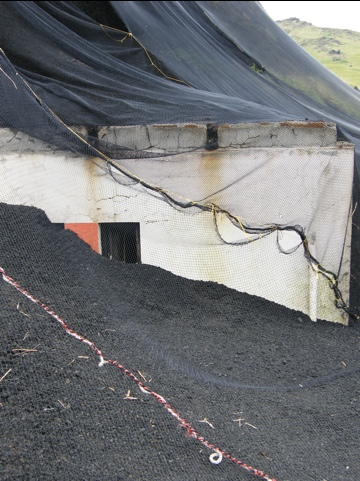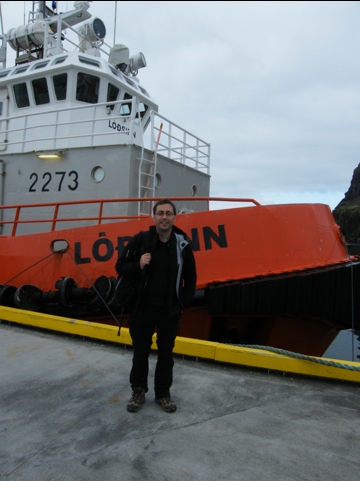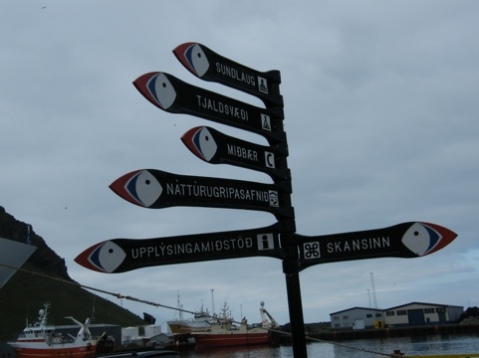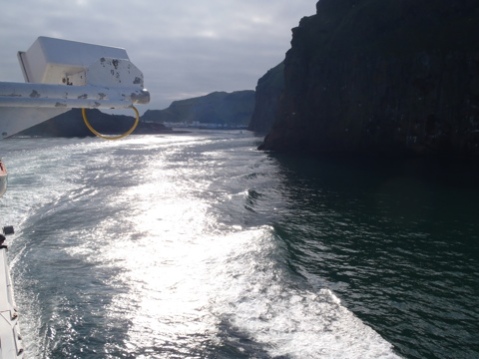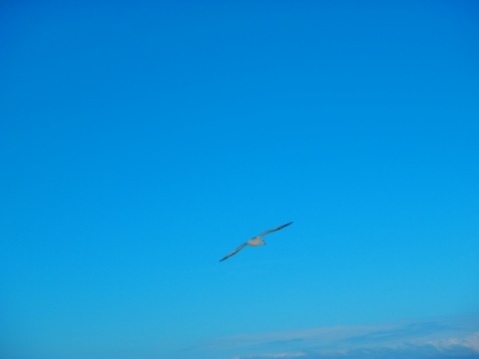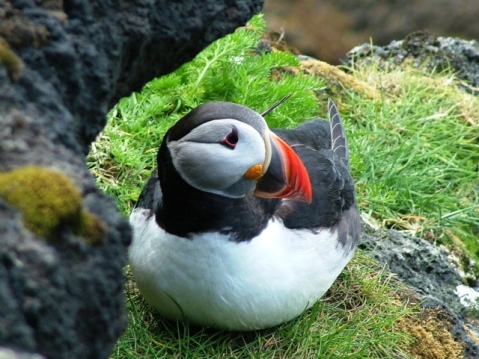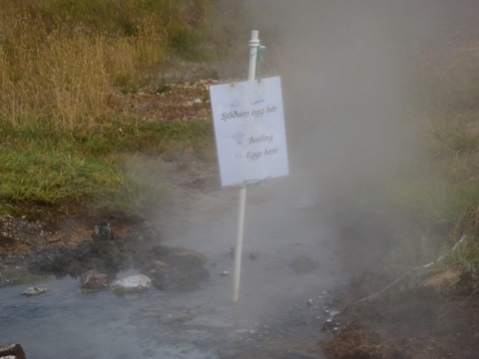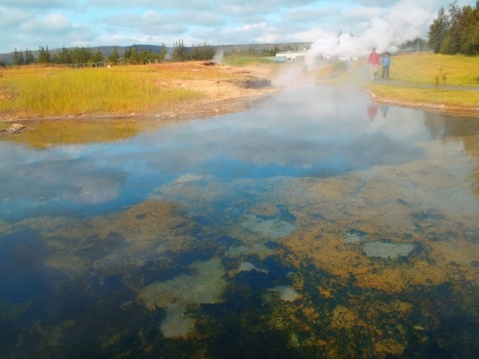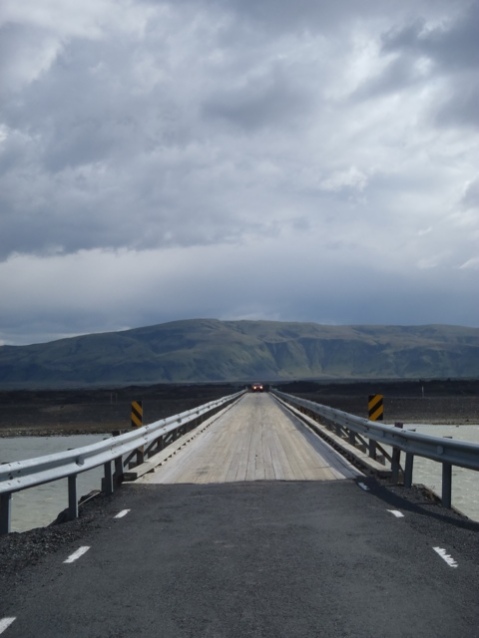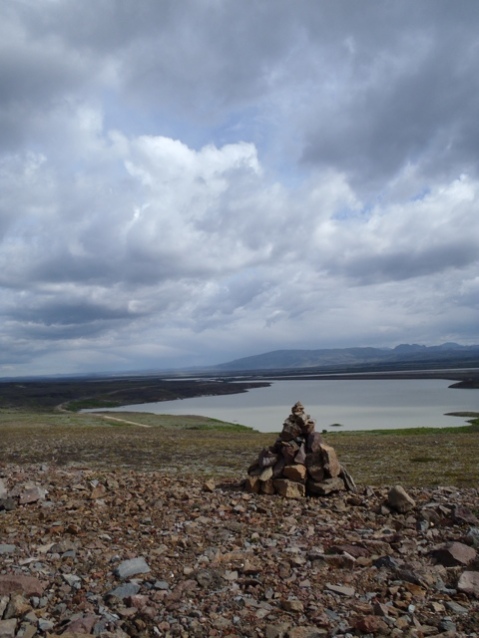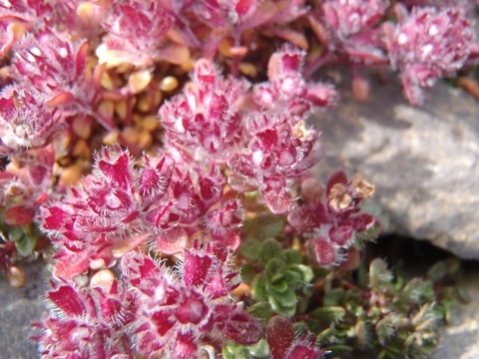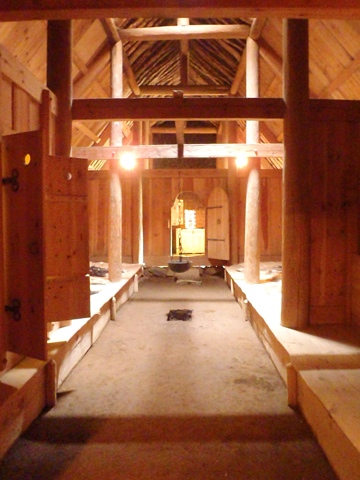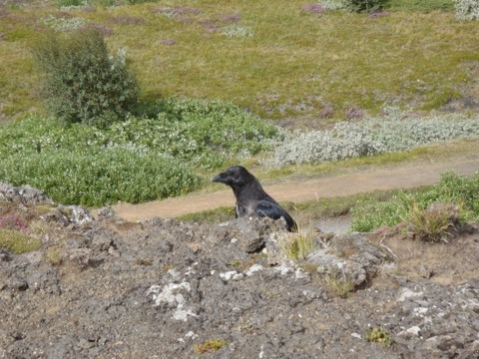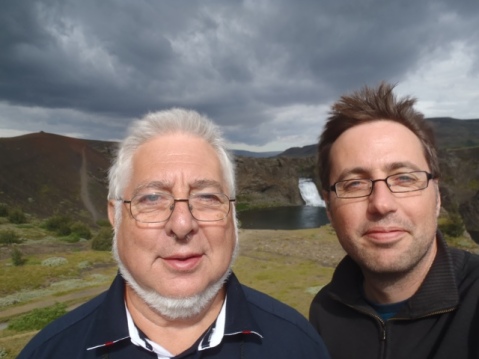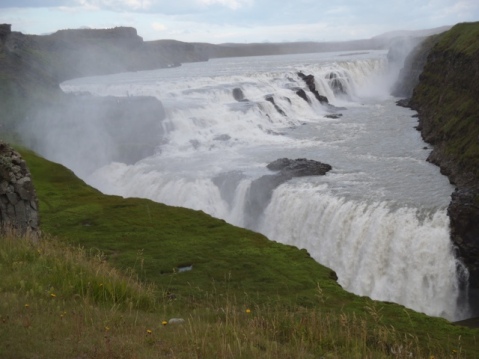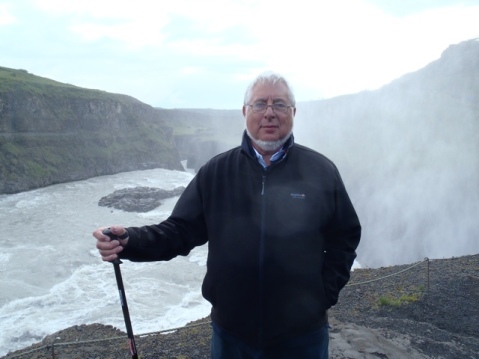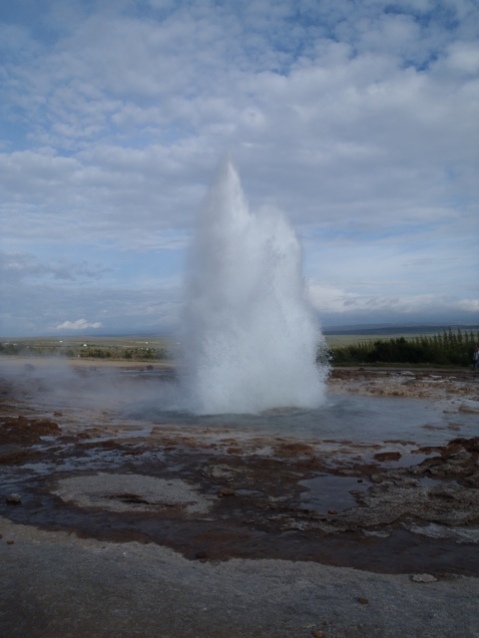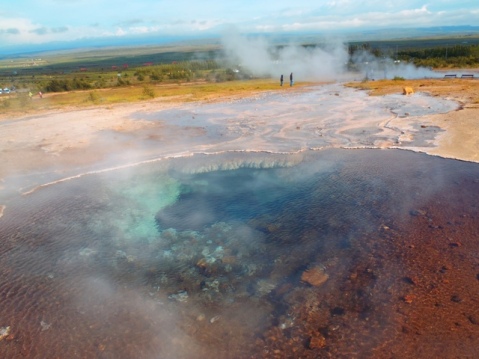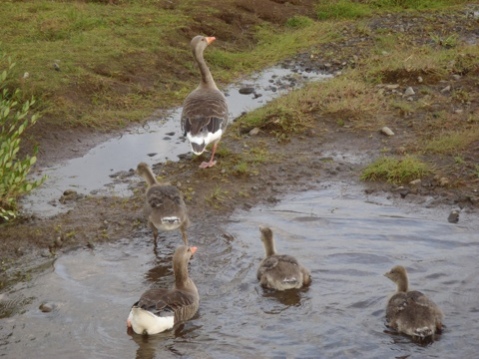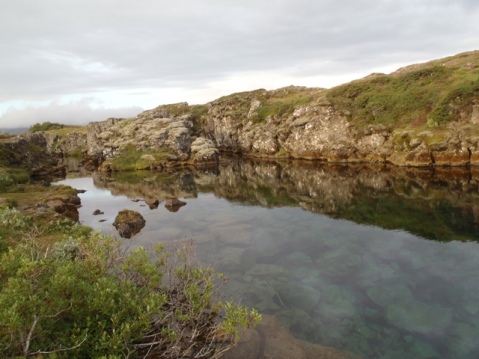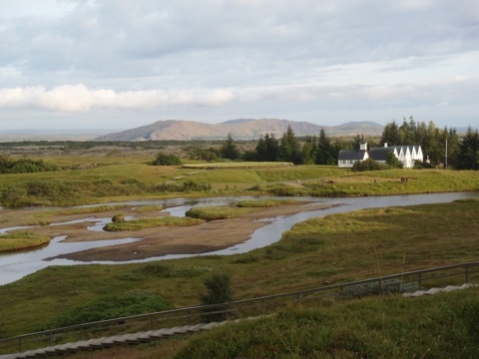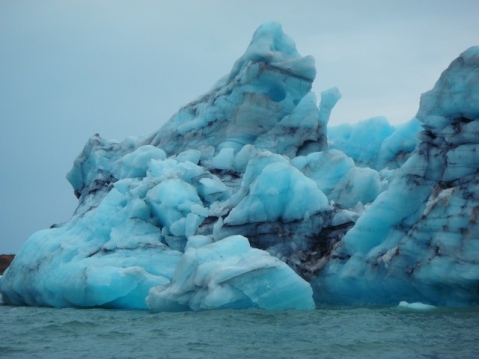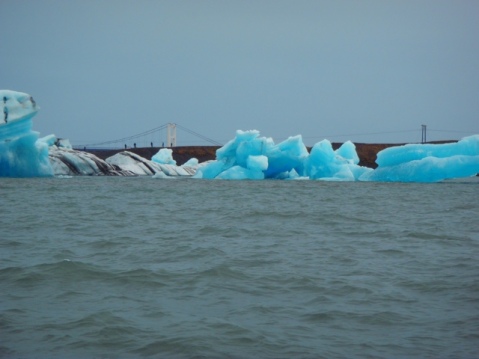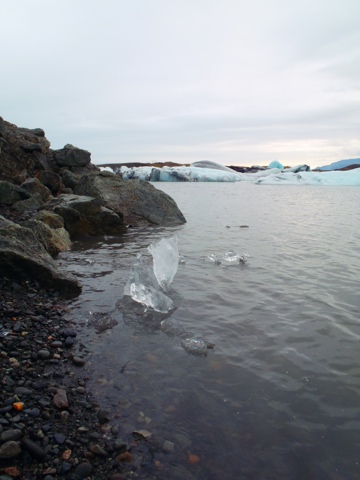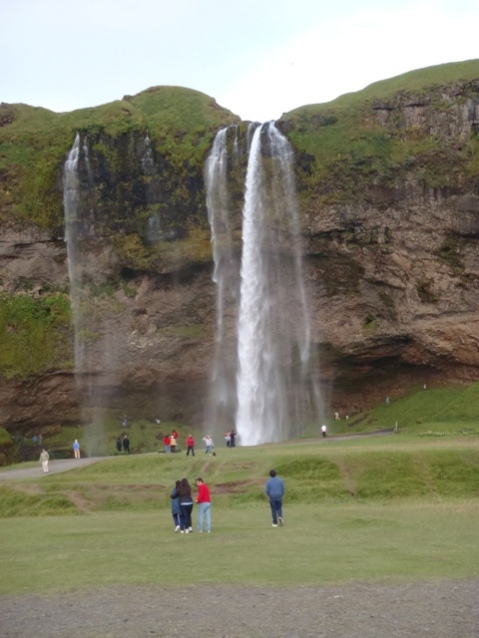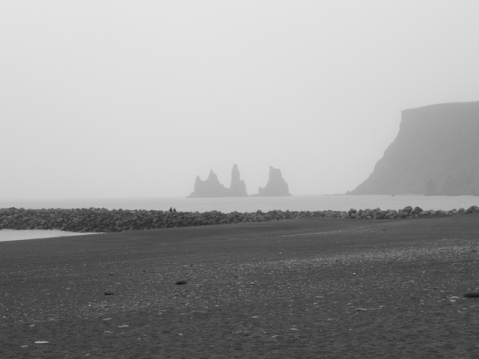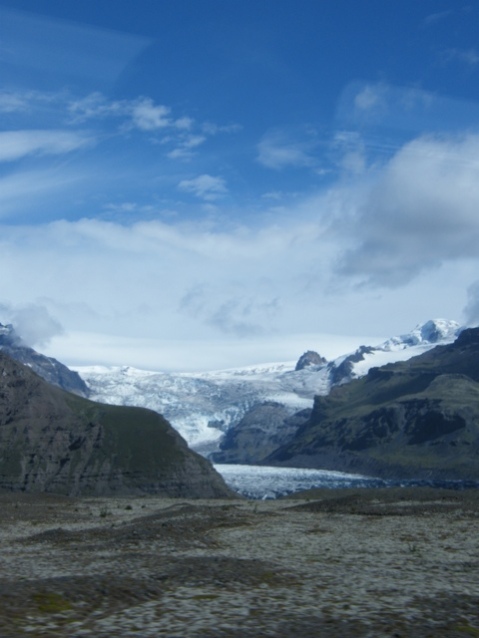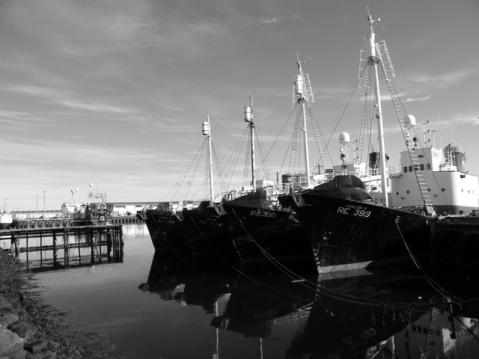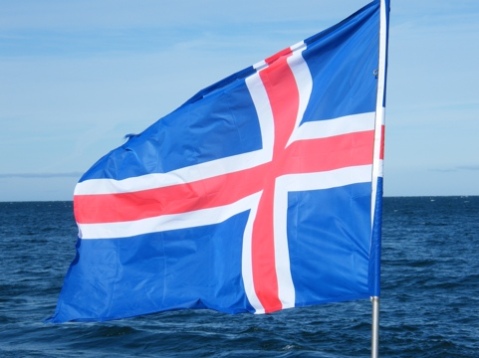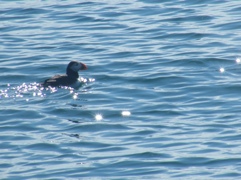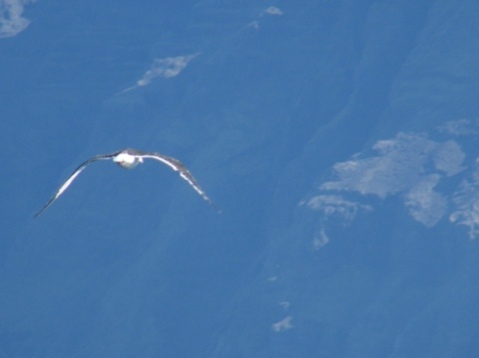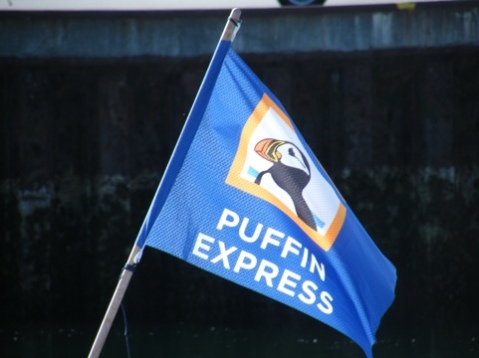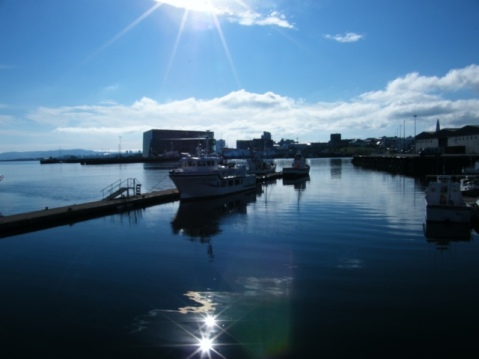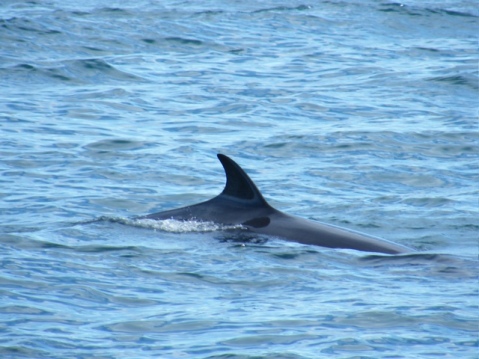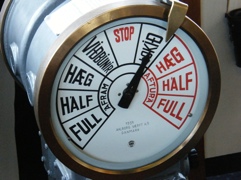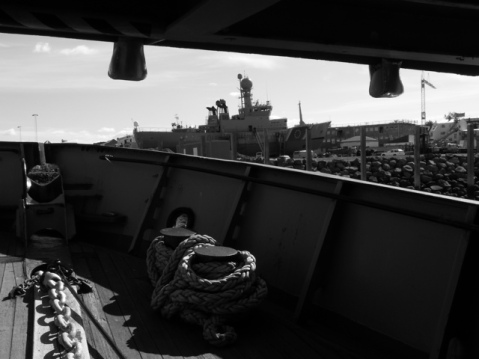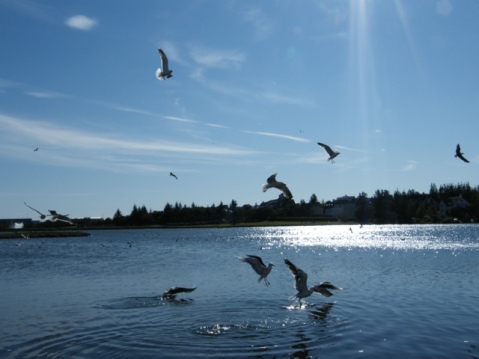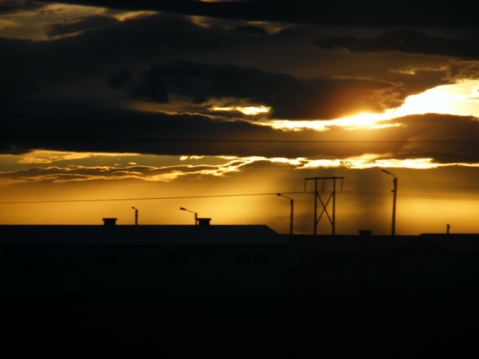Still waters, hot mackerel
Above: “Two fishing vessels in Heimaey’s harbour, in the Vestmannaeyjar / Westmann Islands, Iceland.
A recent anthropological study on the potential impact of environmental change on fishing-dependent communities quotes a Vestmannaeyjar fisherman’s fear of the loss of fishing skills and traditions due to quotas:
“I used to know that when the sea and the weather got colder it would be easier to get haddock. And when the wind was from the south-east, making bad weather, it would be easier to get cod. In the Autumn, when the mountains over on the mainland began to look grey in the distance it would be easier to get haddock – these were the signs. But knowing these things is not so important these days, because now the government tell us where the fish are.”
Interestingly, this quote pre-dates the turmoil of the economic crisis in Iceland which spread out across Europe and the world (the research was published in 1997).
Woven on top of the economic pressures are further environmental and political changes. For example, we have seen recent signs of a shift north of fisheries for mackerel, as the fish start to seek colder waters, and the Vestmannaeyjar fishermen look for targets for their often newer and more advanced vessels.
This is perhaps good news for Iceland, but could set us back on course for strained relations between the Icelandic and UK (and Faroese & Norwegian) governments and fishermen.
With a devolved parliament in Scotland, and more at stake for Scottish fishermen and politicians, as well as tense discussions around Iceland’s entry to the EU (with the domestic and international tensions and trade-offs inherent in such circumstances) this could get increasingly difficult. Two pieces of reportage – Icelands mackerel fishery is legal and responsible say vessel owners and a recent press release from the Scottish government mackerel talks for 2012 underway show the opening salvos in a war of words (although Scottish fishermen have already carried out at least one mini blockade of a Faroe Islands vessel.). The memories of the Cod Wars remain raw for some.
So in my photo sit two boats, one blue, one red. The harbour is a picture of stillness. But a broader and bigger story continues to unfold.
Island 30: Heimaey
The three-quarter mark on my 40 island journey was a return visit to Heimaey, just off the south coast of Iceland. Having visited a few years ago I was really keen to come back to this extraordinary archipelago as part of my father’s 70th birthday celebratory visit to Iceland.
Although we arrived towards the end of the bird breeding season, we did manage to spot some of Heimay’s most numerous inhabitants – the Atlantic Puffin. These breed in huge numbers on the cliffs which surround the island, with the Westmann Islands (Vestmannaeyjar) being home to the globe’s single largest breeding population of puffins.
But during my 2nd visit it was the story of the great eruption on Heimaey in 1974 which drew my attention most, and much more than I remember last time. This was a momentous event within the lives of the islanders, and more broadly for Iceland, within which a story of Hollywood disaster movie proportions unfolded. The island awoke to a huge eruption spewing large amounts of ash and lava, covering part of the town forever, and depositing thick swathes of ash across the rest of the island. A sense of the scale of the eruption can be found by visiting the site of a partial excavation of homes buried by the eruption.
What concerned everyone most though was the continued advance of a lava field across the mouth of the harbor. Fearing the loss of one of Iceland’s most prosperous fishing ports the efforts turned toward what was, at the time, an experimental and unused technique of spraying seawater onto the advancing tide of lava. The effort was a success, and the harbor saved. Today it forms an even more sheltered harbour, and remains home to a significant proportion of Iceland’s fisheries industry. Interestingly (well for a spod like me who keeps an eye of things like this) we were told that in recent years an icelandic mackerel fishery has started to grow here due to the movement of large numbers of the fish into Iceland’s waters driven by shifts in ocean currents. What this means for the future of Britain’s mackerel fisheries has yet to be seen…
Having visited Heimaey twice I would heartily recommend a visit for anyone spending a good amount of time in Iceland. The island isn’t a complete wilderness, but it does have a lot offer in terms of a juxtaposition between a rugged volcanic landscape, stunning and precipitous bird cliffs, and as place with an interesting history stretching from possible early settlement by Irish Monks, a history of Viking settlement, raids by Turkish Pirates ( yes, really) and a fascinating story of angry geomorphology.
The opening of a new ferry port on the mainland now makes the crossing to Heimay an easy and speedy half hour or so making the island a potential long day trip from Reykjavik, or an easy side visit for anyone travelling along Iceland’s southern shore. There are also flights from Reykjavik domestic airport. But, if you can afford the time, I’d recommend a stay for a night or two, especially if you arrive in June or July when puffin activity intensifies. However, baby puffins – pufflings- are also known to wander into town attracted by the lights at night, which may make August a good time to stay too. And if golf is your thing the island course offers one of the few chances to tee-off down a fairway where a short stretch of the Atlantic ocean forms the water hazard.
Oh, and I’d also recommend the boat trip circumnavigating Heimaey and passing some nearby islands in the archipelago. A great way to see the island, and includes a saxophone solo in a sea cave.
Oh, and here’s one I prepared earlier. A puffin from my previous visit to Heimaey:
Island 29: Iceland
Iceland feels a part of and apart from Europe. This is perhaps symbolised in the geology – Iceland is after-all at the parting point of continental plates – but it is also down to geography and history. Arriving at the ‘domestic’ airport in Reykjavik is a reminder of this. As we filed out through a terminal, which in most parts of Europe would struggle to pass itself off as small bus station, we were met by a crowd of travellers about to board their flight to Greenland. This serves as a small reminder that Iceland, in the Viking age of expansion, served as a jumping off point into early, and entirely Pre-Columbus, forays into North America.
The recent volcanic and financial eruptions emanating from Iceland have had an interesting and perhaps mixed impact on the nation. Certainly I sensed that the tourism industry had perhaps expanded since my first visit a couple of years ago, but also it was clear that the banking crisis was still painful for everyday life for ordinary Icelanders. A couple of metaphors of what was at stake were sat on the seafront. On the one hand there was the gleaming new Harpa concert hall, which was just emerging from a large hole in the ground last time I visited. This speaks of the largesse of the good times Iceland went through in financially expansionary era (Britain has plenty of these kinds of buildings). Meanwhile further around the harbour Odinn, a recently retired Icelandic Coastguard vessel, and veteran of the Cod War (and now a really fascinating exhibit within Reykjavik’s Maritime Museum) uneasily eyed an EU liveried fishery protection vessel hauled up on the opposite shore for repairs.
The visit with my Dad, to celebrate our 40th and 70th Birthday years respectively, was great fun. We packed in lots within our six days. From an extended self-driven tour of the Golden Circle and a bit beyond, to a long day’s journey along the South coast to the Jokulsarlon Glacial Lagoon; and from a trip to the Vestmannaeyjar (see Island 30) to whale watching on Faxaflói Bay. Here’s some of what we saw.
